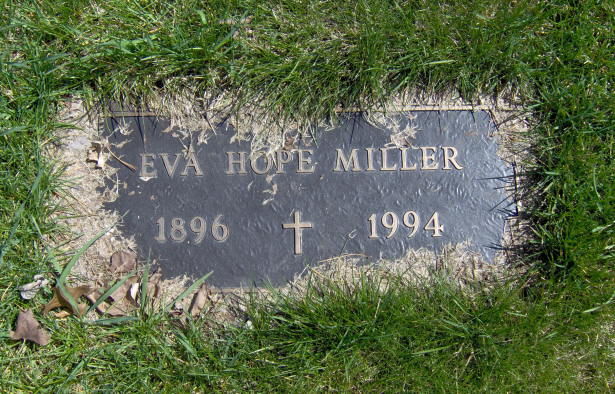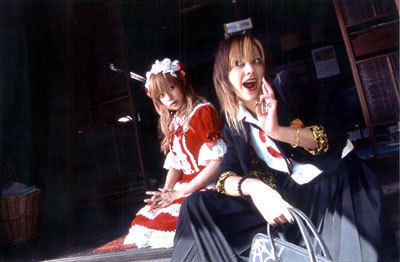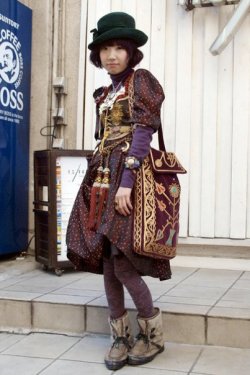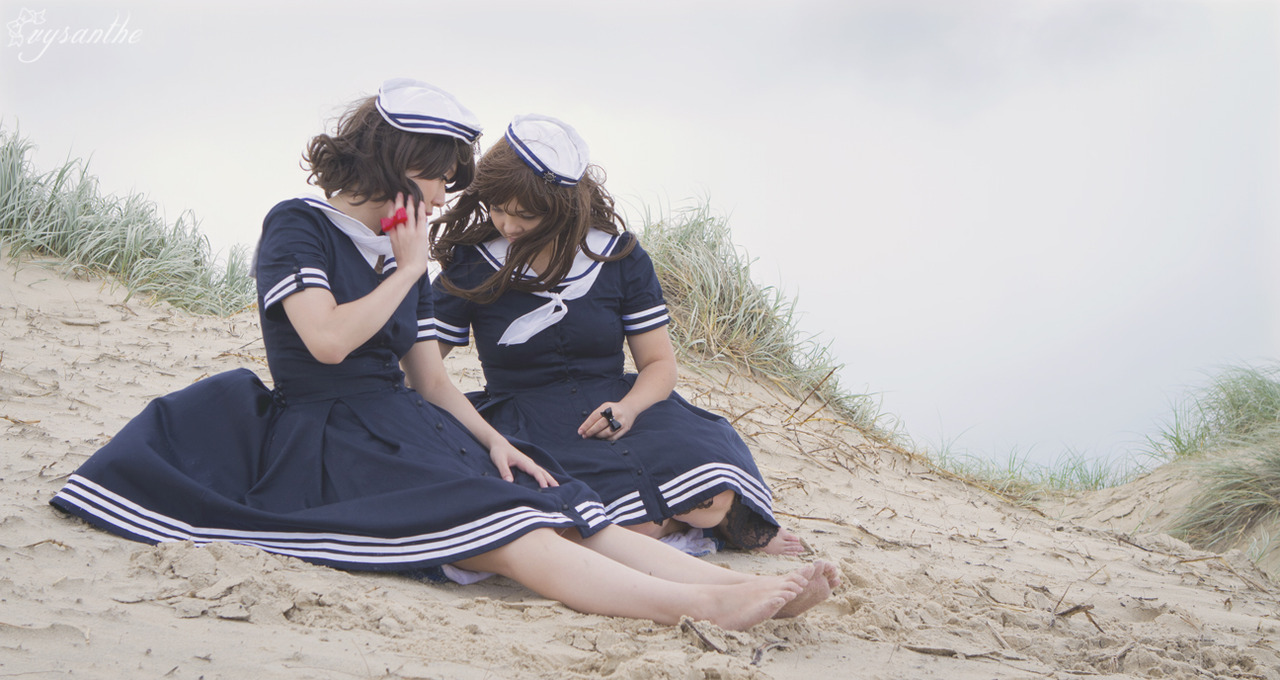 It was as if it was waiting for me.
It was as if it was waiting for me.I'd walked into one of the antique stores in my hometown, just hoping to find a vintage hat, a set of cameo jewelry, or a nice pair of clip-on earrings. I never expected to find a mink coat, golden brown and hung with little care on the end of an old bookshelf.
I also never expected that such a find would fit.
It's a capelike number, cozy and soft and warm and well-cared for. Even the lining, a rich golden brown that suited the fur beautifully, was unblemished. And it fit. Even so, I tried to talk myself out of it. I wandered the store for a good long while before I finally walked back. It was out of my price range, but I talked to the store owner who talked to the seller who agreed to give me a discount on the coat (it had been a warm winter, and furs don't sell like they used to). I walked home with it gingerly tucked in a paper bag, keeping it close to my chest.
I hadn't bothered to look at the tag until it was hanging from my bedroom door and I was imagining the outfits it would look best with.
The tag struck me, then: Hope Furs. St. Paul.
I was curious. It's the historian in me. Is the place still open? When was it opened? If it's closed, when? Could looking up the shop tell me how old the fur was? Could it tell me the why and when of this pretty thing I had just bought?
I looked it up and, after some searching, I found much more than a when; I found a who.
Eva Hope Miller. The name probably won't ring any bells. She died in 1994, when I was just five. But what a woman!
A woman who described herself as "a little go-go-go," according to her obituary, she'd developed an interest in furs when she was in her teens. She graduated from business school and began working as a bookkeeper at a furrier who she thought hired her to get rid of her. Then, in 1920s, she and her sister opened a fur shop. Two women opened a fur shop. In the midst of the Great Depression. And it was a success. The shop was open until she clearanced the stock in 1952, after eighteen years of business, when her husband was diagnosed with cancer.
More than just a furrier, she was an incredible woman. She dated her husband for 23 years before marrying him because she was "too busy working to get married." She organized the first Christmas tree lighting in St. Paul. She helped create the first credit Blue Book. The governor proclaimed a day for her after she died.
She was a woman I wish I had known, and it was her shop that sold the fur coat that now waits in my closet for the next special occasion.
I like to think that my fur was part of the clearance stock. The story I tell myself is that it belonged to a woman who had yearned for a fur coat for years and had never been able to afford it until Hope Furs clearanced its stock, who cared for it for years until she passed it on to someone else, whereupon it changed hands several times before finding its way to a small town antique store and a young woman who cares for it very much.
I like to think that whoever bought this, like me, was unlikely to buy another fur anytime soon. I like to think that she cared for it, as nice as the coat is, for many years. I like to think that its over sixty year journey from a shop in St. Paul to my closet was filled with ups and downs, stories I will never know but may imagine.
But most of all, I like to think of the woman I stumbled upon when buying this fur, an incredible businesswoman and human being whose name rests on the tag of my fur coat.





















